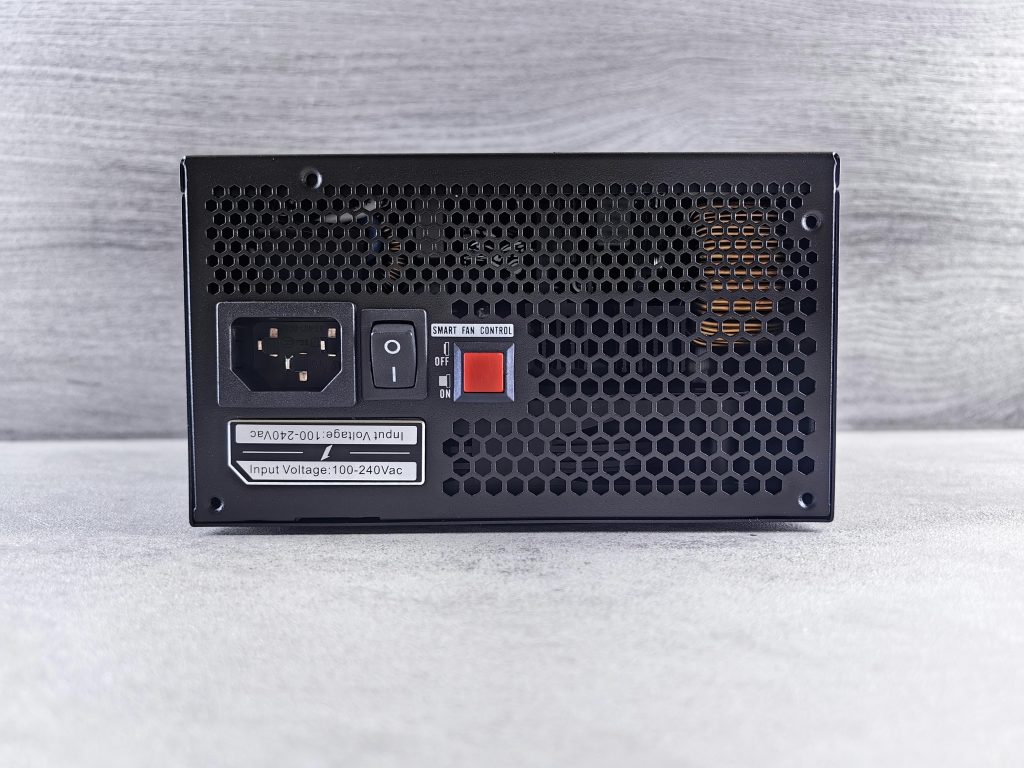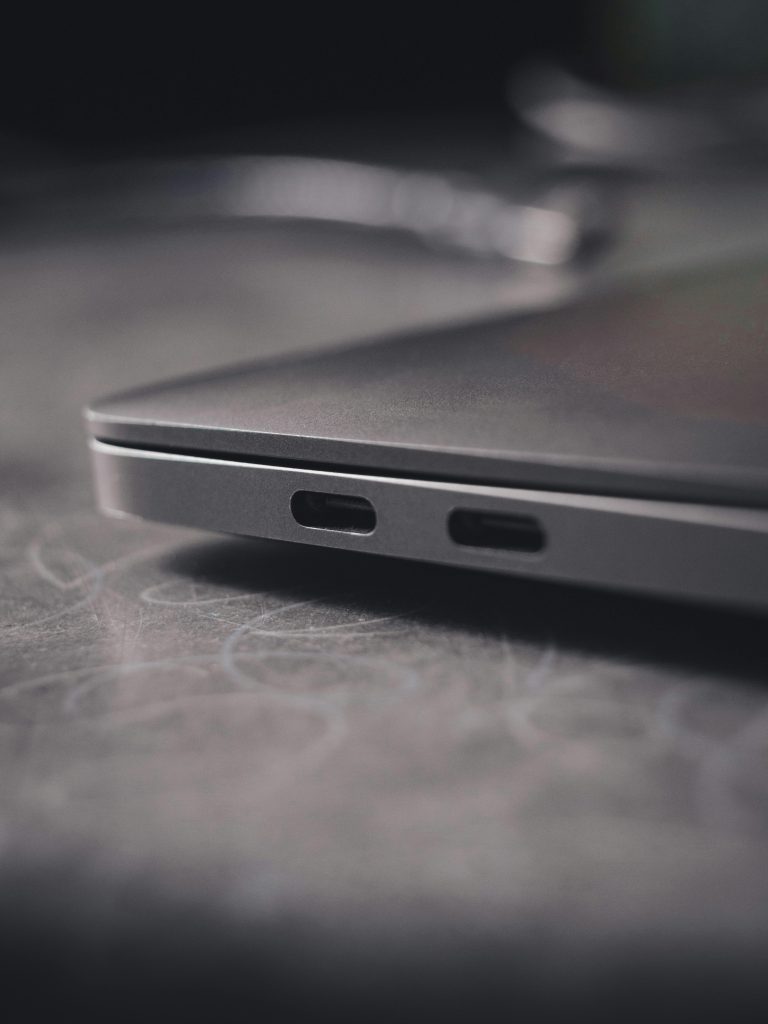Diagnosing and Improving an Aging PC: A Guide to Extending Longevity on a Budget
Are you dealing with a sluggish, unstable computer that’s causing frustration? Perhaps your PC is showing signs of aging, such as prolonged boot times or Wi-Fi connectivity issues. If you’re looking to troubleshoot and optimize your system without breaking the bank, this guide offers practical insights and steps you can take to breathe new life into your aging machine.
Understanding the Current System
Let’s start by assessing the hardware specifications and the issues at hand. For context, consider the example of an older gaming PC built with the following components:
- Motherboard: ASUS G11CD pre-built system
- Processor: Intel Core i5-6400
- Memory: Upgraded from 8GB to 16GB DDR4 RAM at 2133 MHz
- Graphics Card: Transitioned from AMD R9 290 to NVIDIA GeForce GTX 1660 Ti
- Storage: 1TB Toshiba HDD (DT01ACA100) and a 256GB SSD
- Network Interface: Built-in Realtek Wi-Fi (802.11ac)
Common Symptoms and Potential Causes
- Long Boot Times (Approximately 5 Minutes):
-
Could be caused by failing or fragmented HDD, system misconfigurations, or background processes.
-
HDD Usage at 100% for Extended Periods:
-
Likely indicates the HDD is struggling, possibly due to age, fragmentation, or background tasks consuming resources.
-
Wi-Fi Disconnections:
- May result from outdated drivers, hardware issues, or interference.
Step 1: Diagnosing the Hard Drive
Is the HDD causing performance bottlenecks?
An HDD running at 100% usage during startup suggests it’s a potential bottleneck.
How to check?
– Task Manager: Press Ctrl + Shift + Esc and navigate to the ‘Performance’ tab or ‘Processes’ to see which processes are using the disk.
– CrystalDiskInfo: Use this free tool to assess the health of the HDD. It provides SMART data indicating if the drive is failing.
– Check for Fragmentation: On Windows 10, open the ‘Defragment and Optimize Drives’ utility and analyze your HDD.
Possible outcomes:
– If the drive shows signs of failure or high fragmentation, replacing it may significantly improve performance
Share this content:


